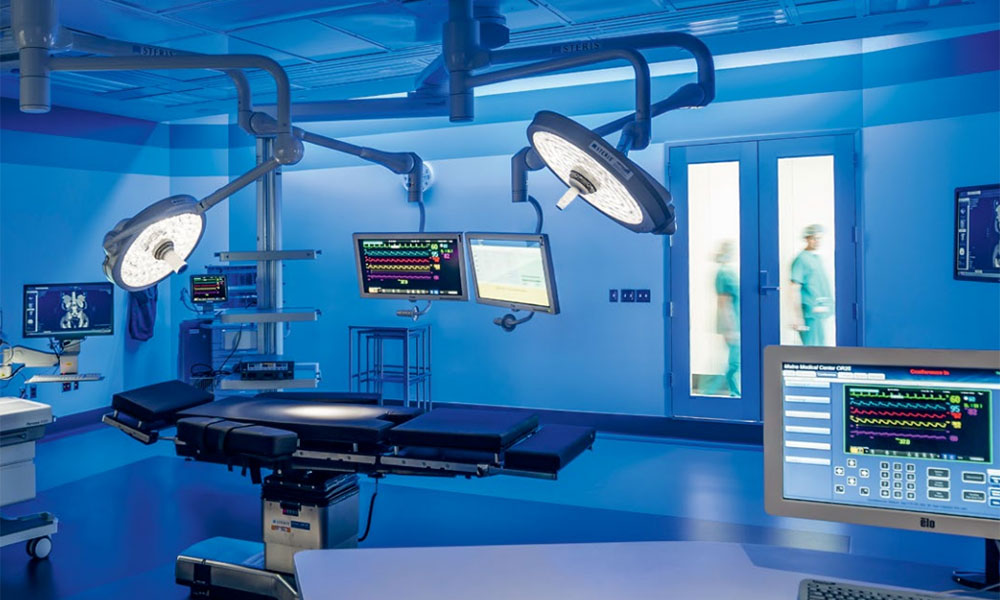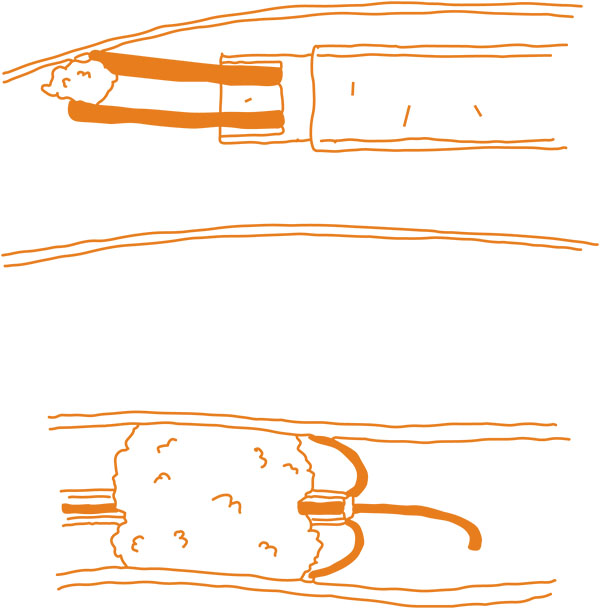“To be an innovator or entrepreneur was not exactly my intent,” says Rob Ecker, MD, MBA, Chief of Neuroscience at MaineHealth and Director of Endovascular Neurosurgery at Maine Medical Center. But that’s exactly what happened when Rob and his colleagues set out to develop a better way to clear blood clots from brains, better known as stroke intervention.
“To be an innovator or entrepreneur was not exactly my intent.”
Rob Ecker, MD, MBA, Chief of Neuroscience at MaineHealth and Director of Endovascular Neurosurgery at Maine Medical Center

The current best practice neurosurgical tools for stroke intervention rely on direct radiographic imaging and the manipulation of catheter-based devices by the hand of the surgeon. The success rate of these procedures on a first attempt ranges from thirty to eighty percent, often requiring the surgeon to start the procedure several times. As neurosurgeons often say, “time equals brain,” meaning every second spent redeploying tools can result in further damaged brain tissue and life-altering side effects. Rob believes that this process has to be improved.
“It’s not that we can make a difference — we know we do,” says Rob, reflecting on the success of the MaineHealth neuroscience program over the years. Despite this, he still feels limited by the slow pace of neurosurgical innovation. “Now we are looking to design more complex and better tools for doing the work that we do.”
When Rob and fellow MaineHealth neurosurgeon Jeffrey Florman, MD, met Moshen Shahinpoor, PhD, the University of Maine Mechanical Engineering Professor and creator of Ionic Polymer Metal Composites (IPMCs), they believed they had found a promising path forward. IPMCs are unique electric “smart” materials that can function like human muscle and could provide surgeons with the full range of motion needed to more accurately retrieve clots. Rob and the team set out to develop a robotic clot retriever using the IPMC technology and filed their first patent with the support of MaineHealth in 2016.

Early sketches of the robotic clot retriever tool.
Soon after, Medtronic, a medical device company, provided the team with initial funding to develop a working prototype. In fall 2020, the team applied for the MaineHealth Innovation Ignite Fund and received additional funds that were soon matched by the Maine Technology Institute. This past fall, Rob and the team received funds from the inaugural MaineHealth Innovation Bonfire Fund, which aims to advance the mission of MaineHealth by providing an investment up to $100,000 for an innovative solution.
“The Bonfire Fund will allow us to further progress our prototyping towards a device that will be a first in human trial,” says Rob.
Recently, MaineHealth Innovation connected the team to Looma, LLC, a life sciences engineering and design company in Saco, Maine. The engineering experts from Looma, along with Distal Solutions, a Massachusetts company, are now focused on creating a medical-grade catheter prototype. MaineHealth Innovation has also connected Rob to a soft robotics engineer at Worcester Polytechnic Institute to help advise on the design of the initial prototype.
NEXT STEPS
Rob and the team will use the MaineHealth Innovation Bonfire Fund investment to develop a clinical-grade prototype over the next year for use in initial animal trials.
TEAM
Rob Ecker, MD, MBA
Chief of Neuroscience, MaineHealth &
Neurosurgeon, Maine Medical Partners
Jeffrey Florman, MD
Neurosurgeon
Maine Medical Partners
Mohsen Shahinpoor, PhD
Mechanical Engineer
University of Maine
Our Purpose
MaineHealth Innovation builds connections to drive diversity of thought, educates to produce creative problem-solvers and funds to accelerate ideas. By leveraging the ideas, insights and expertise of all care team members to develop novel solutions to our unmet care needs, we are working together so our communities are the healthiest in America.
